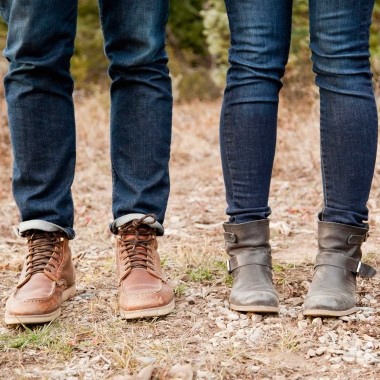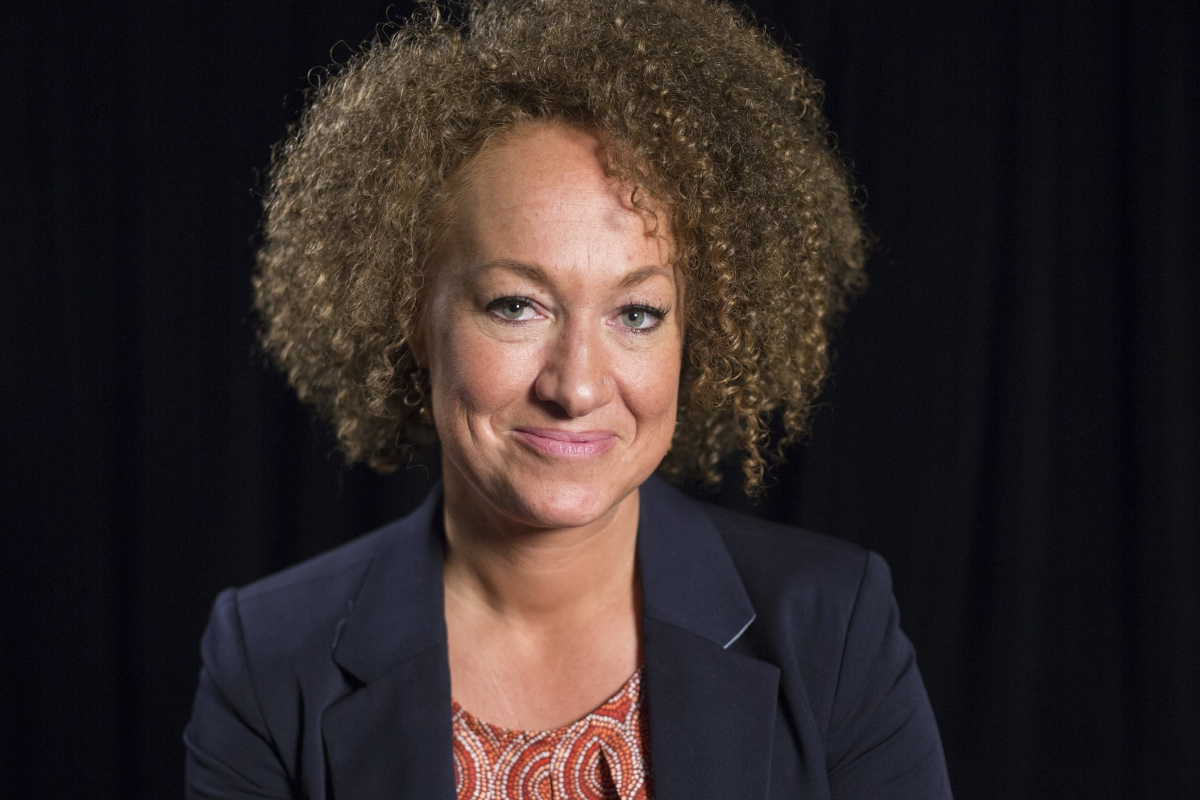I stopped into a bodega to get some chips. And as I stood in line, waiting for my turn, an elderly woman turned to me and said, “E’ todo que va a comer?” Once I realized she was talking to me, it was my turn to pay, and I lost the window of time that I needed to translate what she said and respond. (I’m not quick on my feet in Spanish!)
But two things struck me:
1) A stranger was concerned about what I was eating. (Sweet or judgmental? Ha.)
2) The woman spoke to me in Spanish.
The next day, I was strolling through the neighborhood, and an elderly man was walking on the sidewalk ahead of me. As I got close to him, I stepped aside and passed him on the side, so as not to disrupt his slow, calculated walk. And as I passed, he said, “Oh, disculpame.” I turned and smiled and he said, “Que lindas morenitas” to my friend and me.
I have never been anywhere in the U.S. where people talked to me in Spanish in such a mundane, presumptive way. How disarming and delightful.
It was an interesting experience in my black body. The thing about Bushwick is that my blackness did not preclude the possibility of being Spanish-speaking. This is, of course, a function of the (very apparent) racial diversity of Latinos in New York. (Perhaps also a function of being light-skinned with hair that seems uncertain about its texture.)
This is a markedly different experience from being in Texas, where to be black and speak Spanish is to be suspicious or even offensive. I recall a time when I observed a young man openly and persistently hitting on a woman in the front row of a class I was teaching. I sensed the woman getting increasingly uncomfortable with the interactions, which happened entirely in Spanish. So, after several minutes of feigning incomprehension, I stepped between them and said, “Hey! Comprendo todo. Déjala en paz, compa.” He turned beet red and others in the room gasped, laughed, and erupted with curiosity!
“How you know Spanish, miss? You Dominican?” (Because…of course.)
“Oh dang! Why you didn’t tell us you speak Spanish?”
(The truth is my Spanish is just okay. But I knew enough to understand the conversation and use my power to buffer the woman from his uncomfortable advances.)
They were shocked and shook.
Mmkay, so like…none of this is new or groundbreaking, really. But I think it’s important to revisit the “shapeshifting” of blackness in different contexts. (I’m reminded of what my blackness meant/felt in Kenya and in Barbados–I should write about that.) This is a reminder of our diasporic connections and the possibilities for solidarity. It also motivates me to continue my language development so that I might better connect with Spanish-speaking folks who look like me. This is an important piece of my Afro-Caribbean identity and kinship with the Spanish-speaking Caribbean.
In Bushwick, to be black is to be a possibility. Possibly an immigrant. Possibly Afro-American. Possibly Latina. Possibly a native New Yorker. Possibly not. Possibly any number of things.
To be black anywhere is to be a possibility. Actually.



